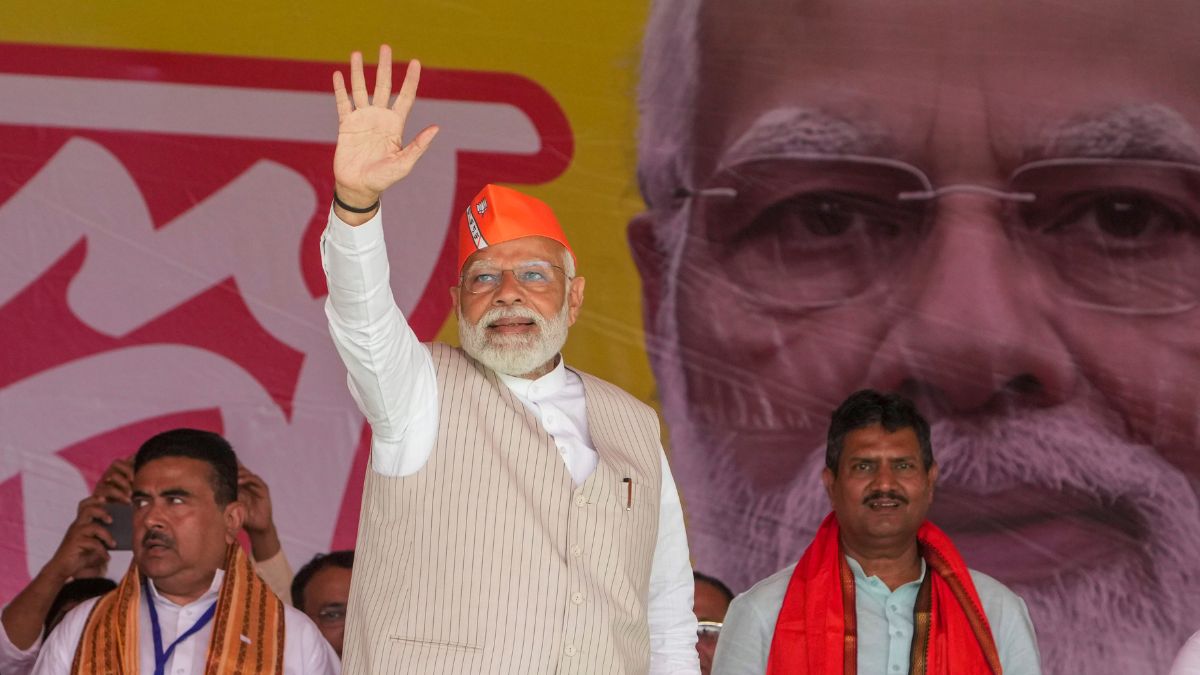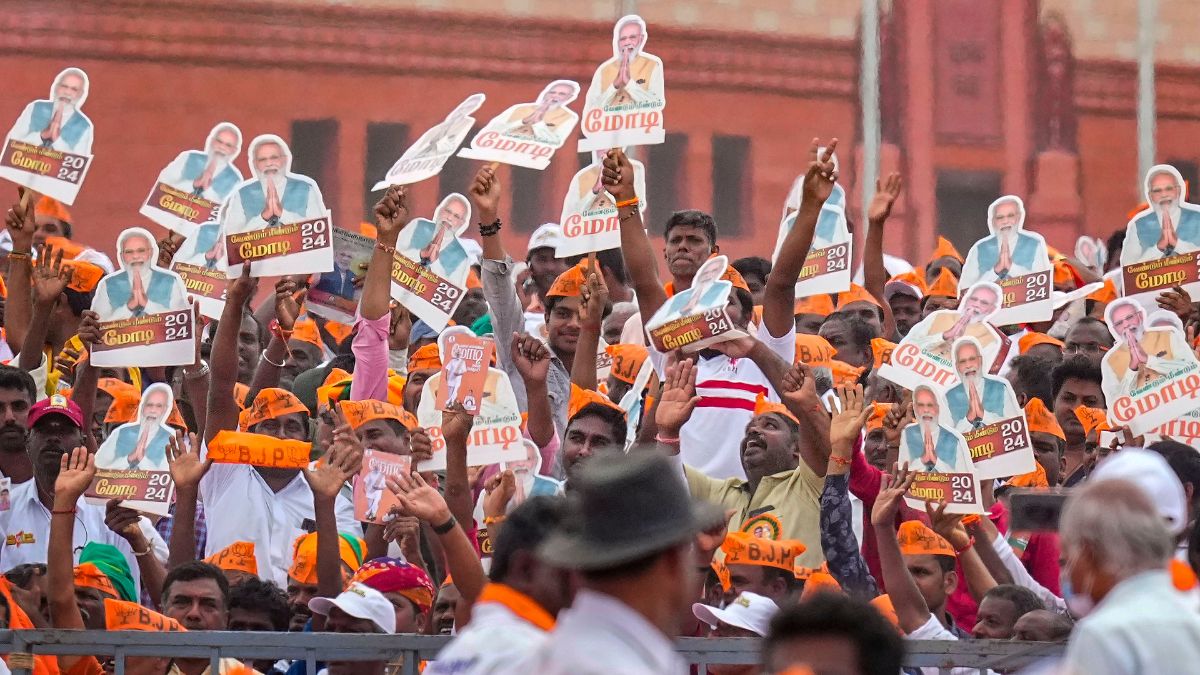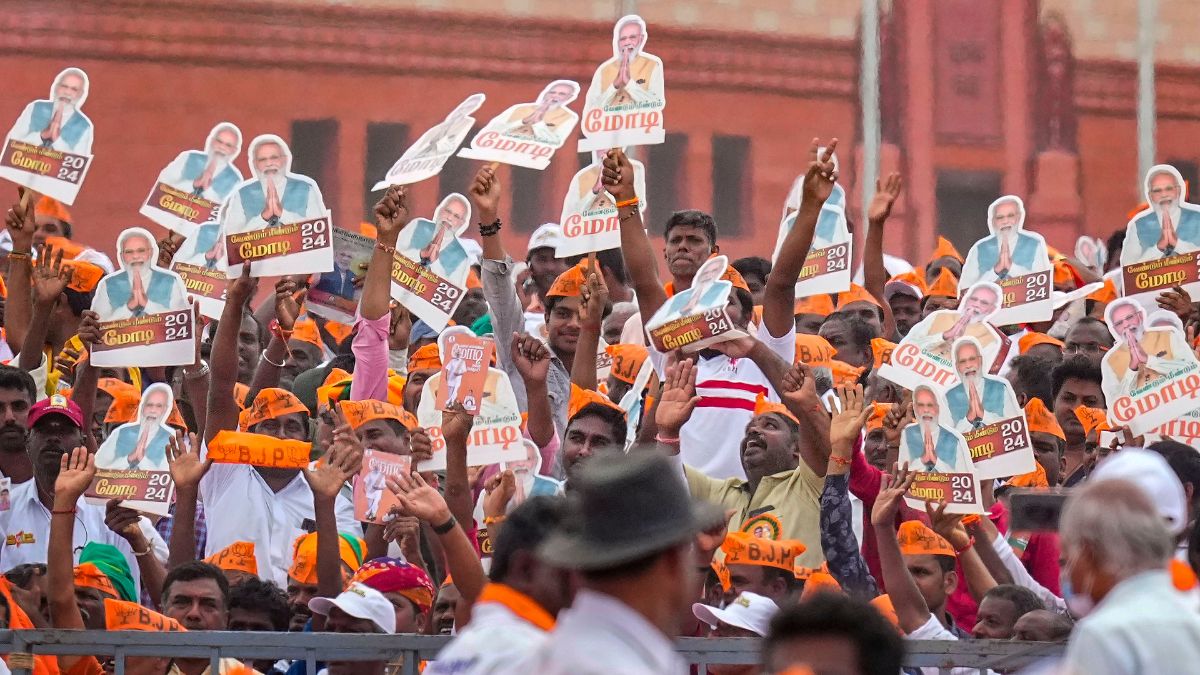Is Narendra Modi the man to take India along the Chinese growth path? Or is he just someone who can get things done? If elected PM, will he deliver?
The answer depends on who you ask. If you were to ask left intellectual and author Pankaj Mishra - which is what the Financial Times did – Modi is the “primary Indian exponent of capitalism with Chinese characteristics.” FT assures us that he did not mean that as a compliment. “Chinese characteristics”, for Mishra, means authoritarian capitalism.
But if you were to ask Ratan Tata, which also the FT did, Modi is a man who delivers. For Tata, Modi’s Chinese characteristics are what make him stand out. “One really has a sense of faith in Mr Modi that if he says it will be done, it will be done,” FT quotes him as saying.
The FT interview has the usual rants and raves about Modi being a “polarising” figure to his enemies and a “savior-in-waiting” to his fans. It also warns against presuming that Modi is a shoo-in for the prime minister’s job. It raises the usual questions about the glorious uncertainties of Indian elections, especially with the rise of the Aam Aadmi Party (AAP). All these have been discussed threadbare in Firstpost, and FT brings in no new perspective for us.
The interesting questions raised in the FT article pertain to three things: whether Modi can deliver even if he is prime minister; whether the markets have already “priced in” his victory and thus may have less headroom to grow: and whether Modi will have problems with Reserve Bank Governor Raghuram Rajan, who FT labels as “hawkish and independent-minded.”
To begin with the last one first, Rajan has labeled himself an “owl” rather than a hawk, and Modinomics is about business-friendly policies, not easy money. No Gujarati bets on easy money as the norm. The interest rate cycle is anyway near to peaking, and so Modi will shake hands with Rajan when the rates will begin falling. So no confrontation is likely to emerge. As Rajan himself says, there is no conflict between growth and inflation – the latter has to fall before growth can take off.
The second point – whether the stock market has priced in Modi’s impending arrival at 7, Race Course Road – is fairly easier to answer. It hasn’t. Let’s remember, the Sensex’s level today is exactly where it was five years ago – at a time when the economy, despite the recent slowdown, has grown at an average of 7 per cent or more. Stocks are yet to price in this growth. A Modi victory will thus give the bulls more tailwind.
Which brings us to the first question: will Modi be able to do all that people expect him to do? Will the Indian economy soar once he enters the picture?
The answer is maybe, maybe not: the laws created to trip the economy – the Food Bill, the NREGA schemes, the Land Bill – will be impossible to reverse in any political outcome that does not give the BJP a majority or near-majority of its own. A BJP with 230-240 seats – with allies bringing in the rest – can take major reform measures.
A BJP with 180-200 seats – which is the dominant expectation right now - will not find enough political support to push through policies to drastically curtail subsidies, make changes in entitlement laws, and privatise public sector enterprises like Atal Behari Vajpayee did. Also, given his personality, Modi may find that opposition to him is stronger right from the start. He will have no honeymoon period at all.
In this scenario, his best bet will be to undo the UPA damage by smart administrative moves – using the cover of public-private partnerships to get projects going, change regulatory regimes for coal and mining companies , and shifting more investment powers to the states (which all states would support).
We still don’t know what May 2014 will bring. But we have been wrong all along on Modi: in 2012, we said he may not win big in Gujarat, but he did; later we said he will not be able to overcome the internal party feuds to grab the party’s nomination, but he did; we said that he will not get allies – but he has. To his eternal allies – Shiv Sena and Akali Dal - he has now added two in Tamil Nadu and got back one BJP dropout Karnataka. Andhra, Haryana and Assam could be next. Whether these allies will add to BJP’s power, of course, is another question.
On the other hand, it is the Congress which has been losing allies steadily. This certainly does not mean Modi will clear the last two hurdles – the challenge from AAP, and overcoming the Congress’ final challenge with Rahul thrown in as trump card – before making it to the prime ministership.
But FT is surely right to say that Indian elections are “notoriously” difficult to predict. Trying to predict what Modi will do after that is, however, easier to do. Business is rooting 100 percent for him. So the possibility that the investment climate will not improve once he comes to power is close to zero.
Read the full FT piece here (it needs registration and/or payment).


)




)
)
)
)
)
)
)
)